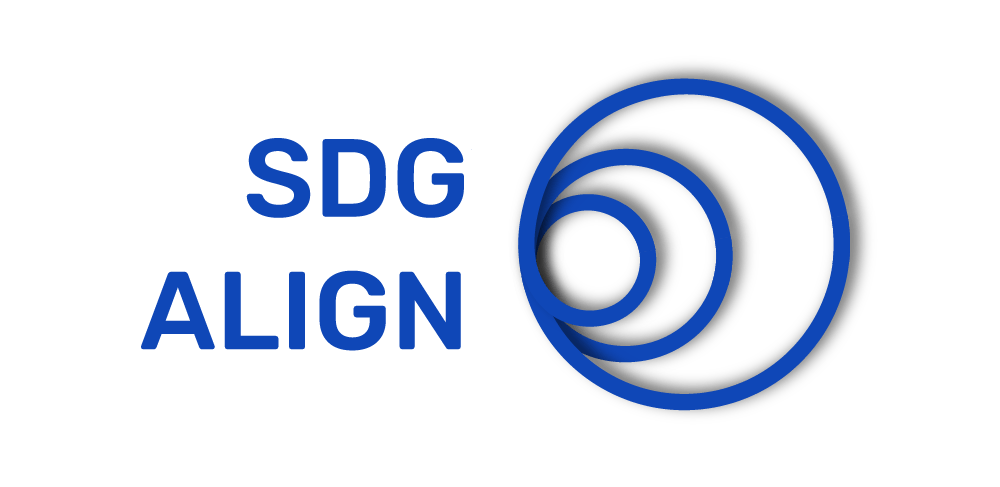For many in the built environment, the conversation around sustainability is limited to carbon and energy; it is assumed that sustainability equates solely with environmental concerns. However, the UN SDGs provide a far more complete framework of sustainability which includes environmental concerns but also equally highlights social and economic imperatives. We will be highlighting one of the 17 SDGs every week and relating it to how your business can help achieve these goals.
SDG 6: Clean Water and Sanitation
Next up in this series is SDG 6: Ensure availability and sustainable management of water and sanitation for all. First of all, this SDG will quickly be explained by highlighting three of its targets.
Target 6.1
Achieve universal and equitable access to safe and affordable drinking water for all. This target is fairly self-explanatory but it is important with this target that rural areas and vulnerable communities have access as well.

Target 6.2
Achieve access to adequate and equitable sanitation and hygiene for all and end open defecation. This target especially pays attention to the needs of women and girls and those in vulnerable situations. The previous blog about SDG 5 already discussed how the NAWIC asks attention to the lack of women toilets on construction sites, causing a lot of women to not have access to sanitation facilities at work.

Target 6.4
Increase water-use efficiency across all sectors and ensure sustainable withdrawals and supply of freshwater to address water scarcity. This target asks for smart and innovative solutions to tackle water stress, ensuring an efficient use of our water.

Clean Water and Sanitation in Australia
Australia is the driest inhabited continent but the third largest consumer of water. Even though the country has experienced heavy rainfall this past year, there are still long periods of drought in parts of the country. Besides, heavy rainfall causes more problems when it overwhelms the drainage system instead of it being a source of drinking water.
While many Australian cities have water use restrictions, especially in periods of drought, the total water consumption by industries and households rose by 25% in 2021. Australia is already one of the thirstiest countries in the world and with the population estimated to grow in the coming years this problem will only become more serious. Not just because of the growing number of households, but mainly because of the growing demand on the water slurping agriculture industry.
Research from The Australian National University (2022) discovered that Australians in more than 400 remote or regional communities lack access to good-quality drinking water, while about eight per cent of Australia’s population is not included in reporting on access to clean water. This shows that SDG 6 still needs serious attention in Australia.
Links with other SDGs
To make an impact on clean water and sanitation in Australia is more extensive than you think when you consider the relation with the other SDGs and your impact in these areas.
- SDG 2: Zero hunger: Water is an important factor in the food industry
- SDG 3: Good health and well-being: Access to clean water is vital for a healthy life
- SDG 5: Gender equality: Women do not always have access to decent sanitation
- SDG 9: Industry, Innovation, Infrastructure: Sustainable innovation and infrastructure is related to solving SDG 6
What can you do?
As an individual there are small actions that can make a positive impact on SDG 6. Behavioural changes in your own home like taking shorter showers and turning off the tap while brushing your teeth can already make a difference. Furthermore you can be mindful of the products and produce you buy, you can read here which foods use the most water.
What can your business do?
Businesses in the built environment can make a positive impact with the design, construction and management of new and renovated buildings. In addition to their own business activities, the building industry can make a huge impact if it builds with sustainable alternatives. This will not only have a positive impact on the environment and residents, but reduce operational costs.
Here are some examples of actions your business can take to make a positive impact on SDG 6.
- Ensure that all your employees have access to safe drinking water and sanitation
- Provide staff with reusable water bottles
- Look for water leaks in fittings and use a water meter or flow restrictor where possible
- Report and fix leaking taps, toilets and showers
- Install water saving devices and rainwater tanks
- Install water efficient appliances and hardware
- Integrate grey water back into building operations, reducing the amount of potable water needed to flush toilets
- Reduce the likelihood of groundwater contamination by treating and processing all waste with exceptional precaution, according to local and federal guidelines
- Prohibit the use of chemicals and materials that can be particularly detrimental to water quality if improperly disposed
What does sustainable development mean to you?
Do you want to know how your business can make an impact towards a sustainable future and help work towards the end of hunger in Australia?
Our Ready Reckoner self-assessment will help you understand how you can be the change you want to see.
Further reading
Failing Rains and Thirsty Cities: Ausralia’s Growing Water Problem









